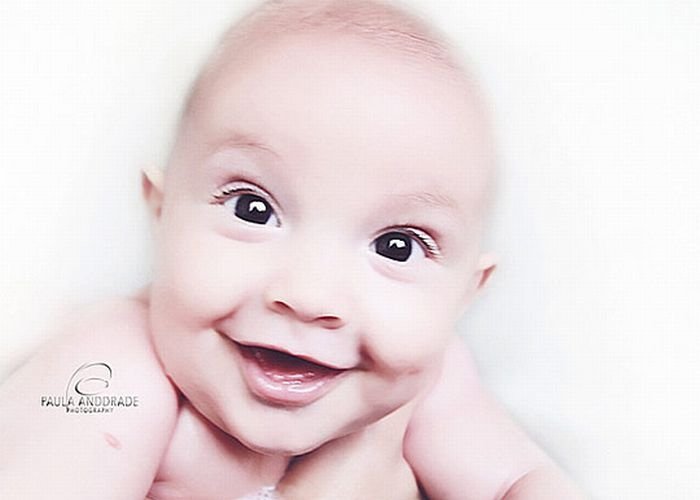|
|
Smiling Portrait
|
• Duchenne smiling
Although many different types of smiles have been identified and studied, researchers (e.g. Freitas-Magalhães) have devoted particular attention to an anatomical distinction first recognized by French physician Guillaume Duchenne. While conducting research on the physiology of facial expressions in the mid-19th century, Duchenne identified two distinct types of smiles. A Duchenne smile involves contraction of both the zygomatic major muscle (which raises the corners of the mouth) and the orbicularis oculi muscle (which raises the cheeks and forms crow's feet around the eyes). A non-Duchenne smile involves only the zygomatic major muscle. “Research with adults initially indicated that joy was indexed by generic smiling, any smiling involving the raising of the lip corners by the zygomatic major…. More recent research suggests that smiling in which the muscle around the eye contracts, raising the cheeks high (Duchenne smiling), is uniquely associated with positive emotion.”
• Pan-Am smile
The Pan-Am smile, also known as the "Botox smile", is the name given to a "fake smile", in which only the zygomatic major muscle is voluntarily contracted to show politeness. It is named after the airline Pan American World Airways, whose flight attendants would always flash every jet-setter the same, perfunctory smile.
|
|









